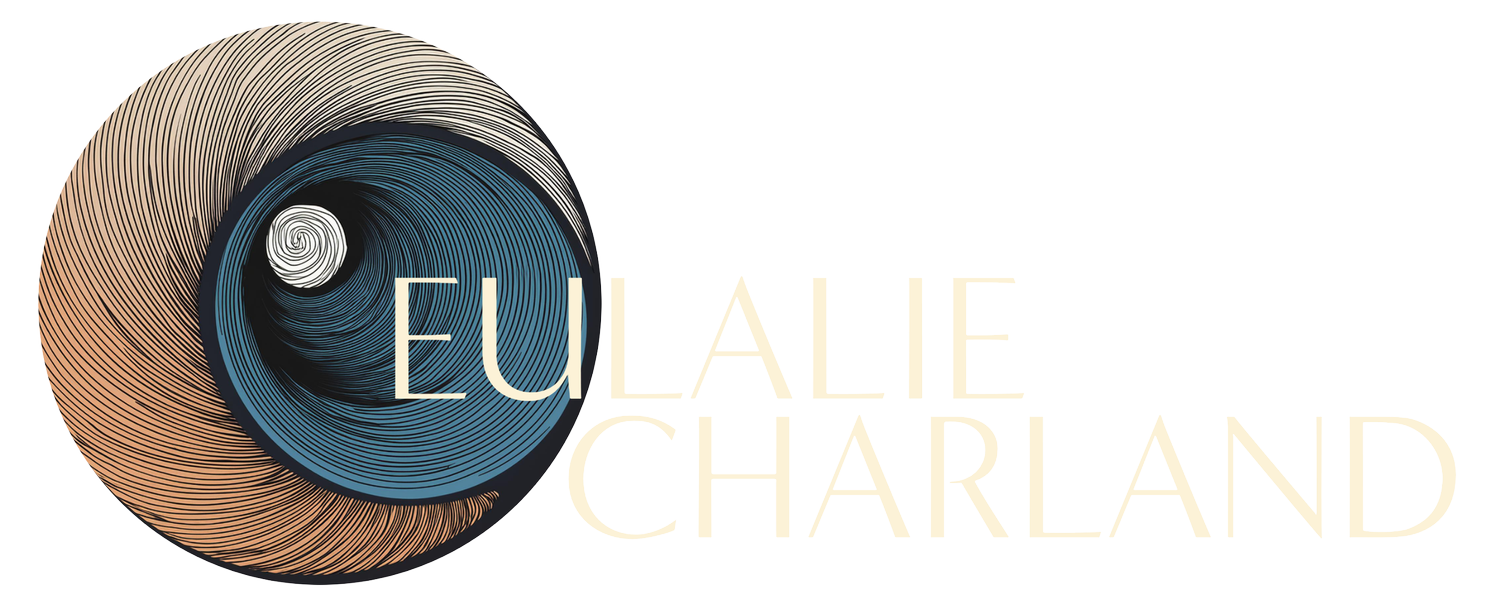Ritual, Performance, and the Art of Witnessing
Reflections after watching "Voice Noise" at the Southbank Centre
Live performance might be one of the last surviving forms of ritual we have left.
A place where strangers gather to share breath, stillness, and a moment of collective focus. For a brief while, the boundaries of self soften. The hum of individual preoccupations gives way to something larger - a shared pulse, an unspoken communion.
We don't go to live performance just to consume something entertaining.
We go to remember.
To remember our connectedness. Our capacity to feel. Our place in something vast and ineffable.
Voice Noise reminded me of all this - and of how performance teaches us the art of witnessing, of surrender, of reclaiming what our bodies know.
The piece, aptly called “Voice Noise”, made a striking point: movement and voice aren't separate. Both begin deep inside the body.
There was a section where the dancers gave themselves fully to that truth. Wails, sobs, animal screams, guttural cries. In the hall, the audience’s discomfort was tangible.
It made me reflect on how narrow our range of expression has become. How our 'civilised' conditioning has tamed not only our voices but our emotions.
We're born as instruments of vast resonance. And as we grow up, we are taught to hold back, modulate, behave.
To reclaim our voice - literal or metaphorical - is to reclaim our full humanity.
The inner work is to soften that conditioned constriction. To reawaken the body as an instrument of truth.
There were moments during Voice Noise when the choreography dissolved - when it felt like the dancers were no longer performing but being moved.
It reminded me of the Latihan meditation, where movement arises not from will but from surrender. A letting go of the self so that something deeper can flow through.
As a musician, I seek that same threshold on stage. After months of preparation and honing of my skills, there comes a moment when I must let go and offer myself up to something larger. When I become a vessel rather than a 'doer' - that's where art becomes prayer.
At its best, performance isn't an act of self-expression. It's self-transcendence.
And in witnessing it, something in us is invited to surrender too.
We often imagine audiences as passive observers. But true witnessing is an act of presence - a form of participation.
When a performer offers their mind, body, and soul to the moment, the audience energetically holds the space for their offering to unfold.
That mutual exchange, the performer's surrender and the audience's attention, creates a living field of awareness. The energy in the room shifts. Something transcendent happens not just on the stage, but between us.
To witness is to meet what's unfolding without trying to change it.
It's to say, with our silent attention: I see you. I am here with you.
And that is the basis of intimacy.
The more I reflect on it, the more I see that Art in general - and live performance in particular - trains us for life itself.
Every time we sit in an audience and open ourselves to what's before us - a dancer, an actor, a musician - we practice the art of witnessing.
We commit to staying present to another's truth without trying to fix it or flee from it.
We practice reverence. For beauty, for vulnerability, for the courage to be seen.
This practice extends far beyond the stage.
What if we brought that same quality of attention to our daily lives?
To our children's small triumphs and heartbreaks.
To our friends' grief, our partner's longing, even to the quiet unfolding of our own becoming.
To witness someone's life - their joy, their confusion, their becoming - without judgment or haste, is an act of profound love.
It's the foundation of true connection.
No camera, no stream, no algorithm can replicate that field of presence.
And yet, as the habit of attending live performance erodes, we risk losing the very muscle that allows us to witness life deeply.
When we no longer gather to be moved together, we begin to forget how to be moved at all.
When we reduce art to content, we flatten our capacity for awe.
Arts education, live music, theatre - these aren't cultural luxuries.
They're sacred training grounds for empathy, for reverence, for intimacy.
What happens to a culture when it forgets how to witness?
When we stop showing up, not just to performances, but to each other's lives?
I believe that live art must endure (and be encouraged and supported) precisely because it teaches us this:
To stay.
To feel.
To see another in their truth and be changed by it.
That's the essence of ritual.
That's the heart of connection.
So, the next time you find yourself drawn to a live performance, however small, however unfamiliar - go.
Let yourself be moved.
Because in learning to witness art, we remember how to witness each other.

